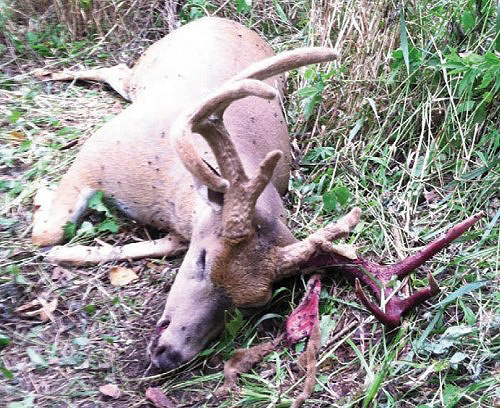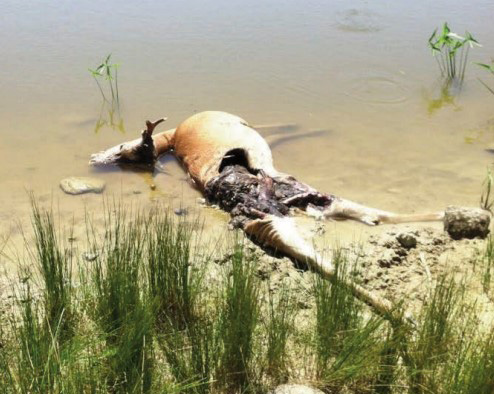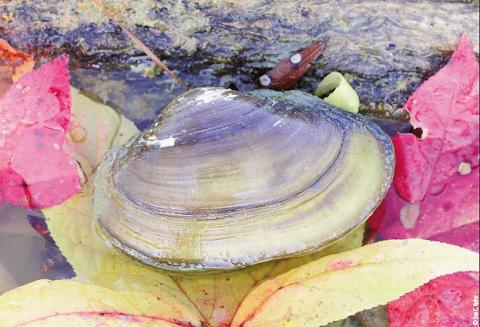Austin Delano | Originally published in GameKeepers: Farming for Wildlife Magazine
Mother Nature can be a cruel teacher and sometimes our best laid wildlife management plans can take a severe hit. The widespread drought that affected so many states this summer brought along more problems to gamekeepers than just a lack of water. EHD (epizootic hemorrhagic disease) appears to have affected many states and some counties have been hit extremely hard in western and Midwestern states this year. Although EHD is found in deer on an annual basis, rarely is it as widespread and hard hitting as this year.

EHD is a viral disease spread by a very small midge (biting fly or no-see-um) and is not a disease that is spread from deer to deer. The midge is the carrier of the disease, in the same way that ticks are carriers of lyme disease. Not to worry though, EHD cannot be spread to humans. EHD is usually most prevalent in drought years for many reasons, one being that water sources are often dried down to mud flats that are prime breeding grounds for the midges. Whitetails also start to congregate around what little water sources are available during dry summers. If there are EHD carrying midges present at those water sources it increases the percentage of deer that will be infected.

The mild winter much of the U.S. saw last year could also be one of the factors that lead to higher insect populations, including the midges. Hunters and land managers that were out this late summer and early fall working on their properties began to find dead and sick deer around the remaining water sources. Deer often go to water when sick with EHD because of the high fever and swelling of organs that comes with the disease. Ben Maki, Senior VP of Marketing for Mossy Oak, found over 40 dead deer on a property he manages in Kentucky late this summer, including a 170” giant they had been watching all year.
Although to hunters and managers an EHD outbreak seems detrimental and localized populations of deer can be hit hard, studies have shown that even severe outbreaks have little effect on overall deer numbers. If you find or see any deer this season you suspect being victims of EHD, contact your state biologist or conservation office.






























